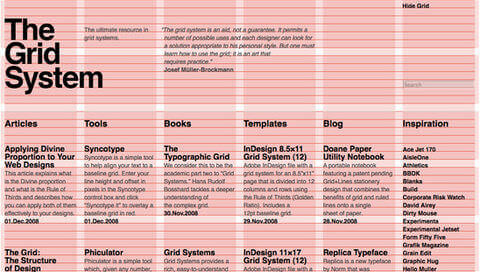I’ve always loved to draw and color and get messy making things. My mother would roll out reams of butcher paper to cover our kitchen floor so I could create art as big as I could imagine.
Art direction begins with art
I grew up wanting to be an artist. When I took an interest in advertising, my parents encouraged it as a career option that tapped into my love for art, minus the starving part. During my time in the industry, I’ve realized that most art directors were artists first. One successful ACD at McGarrah Jessee popup: yes started as a medical textbook illustrator. Another at Goodby Silverstein popup: yes applied with nothing but a portfolio full of tattoo art. There is a spark inside all good art directors that drives us to create beautiful things.
But advertising is not art.
Art direction is more than art
Advertising isn’t about self expression. Advertising is a tool that leverages art as a means to a goal. And this is where art directors differ from artists: art directors create and manage art that does a job, and their work can be judged by its results.
Some people have said art doesn’t belong in advertising at all. In one of the foundational books of graphic design, The Graphic Artist and His Design Problems popup: yes (1961), Josef Muller-Brockmann popup: yes argued the benefits of a strict, constructivist approach to design in advertising that takes the artist out of the communication entirely, leaving only the objective message. The goal was to minimize the artist’s personal point of view in order to reduce barriers to audience engagement.

Much of that philosophy is still relevant today: The use of grid systems popup: yes and well designed type popup: yes can make advertising more accessible to the viewer popup: yes. But what Brockmann and his contemporaries missed was how art can give a message the power to communicate on an intuitive level, before the viewer even reads the words.
Today, we thankfully have come full circle on subjectivity in advertising, with the return of illustrative type, hand-rendered treatments, and more personality than ever in branding. Design today brings products and services to life in a way that a strict constructivist approach never could.

Good art direction is rooted in the brand, not the art director
So, if the artistic side of art direction is critical, does the aesthetic of the art director as an individual matter? Beyond basic good taste and design foundations, I argue that it doesn’t much. In fact, the best art directors are chameleons, able to absorb the values of a brand and create a visual persona that feels authentic and ownable. Excellent brand art feels like it pours out of the soul of the brand, not out of the soul of the art director. And to do this, we have to temper our own proclivities and instead design and direct from the perspective of the brand itself.
